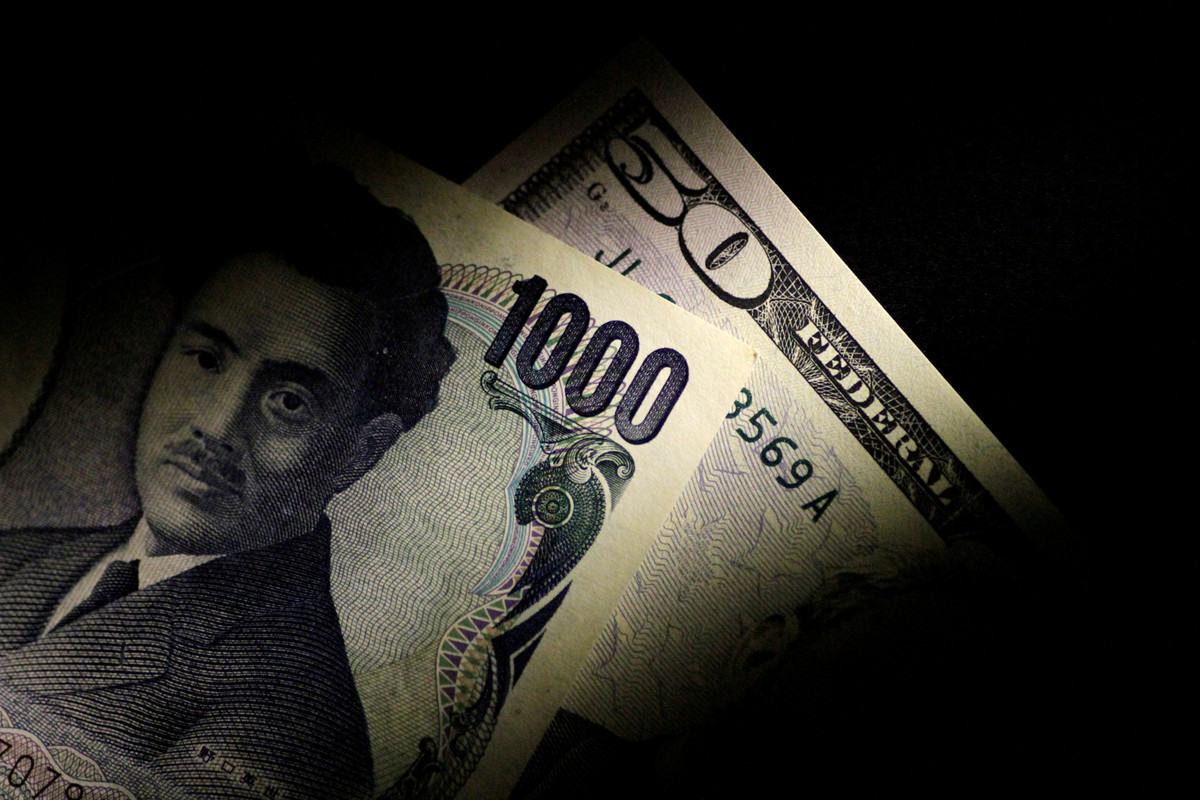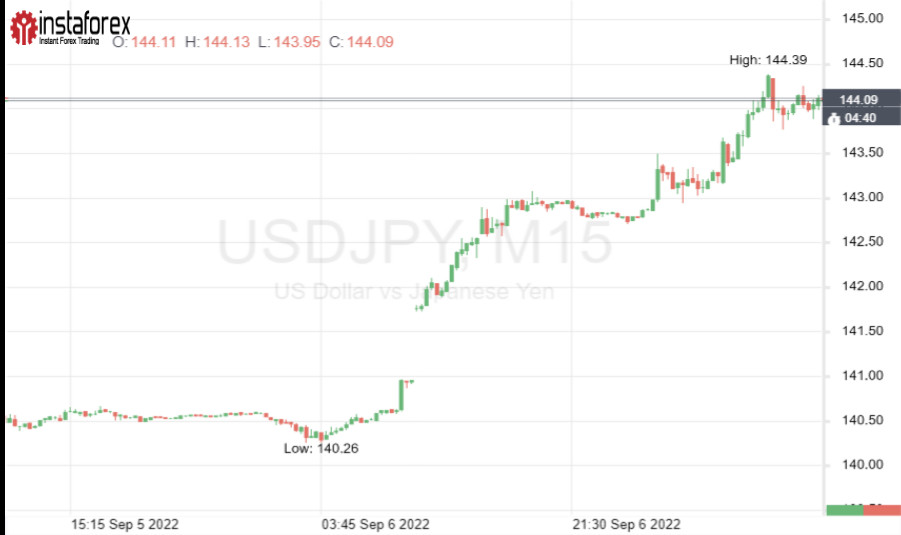
The Japanese currency continues to depreciate against the US dollar. The closer the September meeting of the Federal Reserve, the worse the position of the yen becomes. Yesterday JPY set 2 anti-records at once.
Historic fall
The USD/JPY pair significantly accelerated its rise to the top on Tuesday. The quote soared by 0.6% and exceeded another 24-year high at around 143.28.
What's more, yesterday's fall in the yen brought it closer to its worst annual performance ever.
Since the beginning of the year, the yen has fallen against the dollar by almost 20%. This is more than in 1979, when the largest annual decline was recorded.
Recall that this year the reason for the sharp weakening of the yen was the discrepancy in the monetary policy of Japan and the United States.
At present, the Japanese central bank looks marginalized among its peers. While other central banks are raising interest rates to bring raging inflation under control, it has stubbornly kept the rate at extremely low levels.
The Bank of Japan's dovish tactics are helping widen the gap between interest rates in Japan and the US, which is taking the most aggressive measures to combat inflation.
In order to curb the rise in prices, this year the US central bank has already raised interest rates four times, twice by 75 bps.
Now the market is evaluating the likelihood that in September the Fed will go for the third consecutive highest increase in the indicator, at 73%.
Traders' confidence in the hawkish determination of US politicians is supported by optimistic US economic data.
The index of business activity in the services sector for August was published on Tuesday. Last month, the indicator unexpectedly rose from the previous value of 56.7 to 56.9.
This is much better than forecasts, as economists had expected to see the indicator drop to 55.1.
Yesterday's statistics once again confirmed that the US economy, despite the rapid increase in rates, is still firmly on its feet.
Therefore, at its next meeting, the Fed is likely to brush off the talk of a recession and follow the hawkish route at the same pace.
This scenario puts an end to the yen. As the gap between Japanese and US interest rates widens, the JPY will continue to set anti-records.
Where is the bottom?
This morning the USD/JPY pair is still in a strong upward trend and is showing another achievement. The asset has broken through the level of 144.

Analysts explain the current surge in quotes by a sharp increase in the yield of 10-year US Treasury bonds and a dovish statement by the BOJ.
At the auctions in Tokyo, the yield of US Treasuries, inspired by positive US economic data, rose to its highest value since mid-June at 3.365%.
Meanwhile, the yield on similar Japanese bonds approached 0.245%. This is very close to the upper end of the acceptable BOJ 0.25% trading range.
Recall that earlier the Japanese central bank has repeatedly stated that it will not allow yields to rise above this value. Now, when the indicator is about to touch the key ceiling, the BOJ made another statement.
On Wednesday, the BOJ announced that it is increasing planned purchases of Japanese government bonds as part of its regular open market operations from 500 billion yen to 550 billion yen.
This decision greatly crippled the already weak Japanese currency and overshadowed its future prospects.
The continuation of the USD/JPY pair rally is also evidenced by the technical picture.
For now, the bulls are ignoring the overbought conditions of the RSI and are on their way to the rising resistance line since the end of April, which is in the 144.60 area.
If bears continue to push to the upside of this level, the June and August 1998 peaks will be in focus. We are talking about the marks of 146.80 and 147.70 respectively.





















